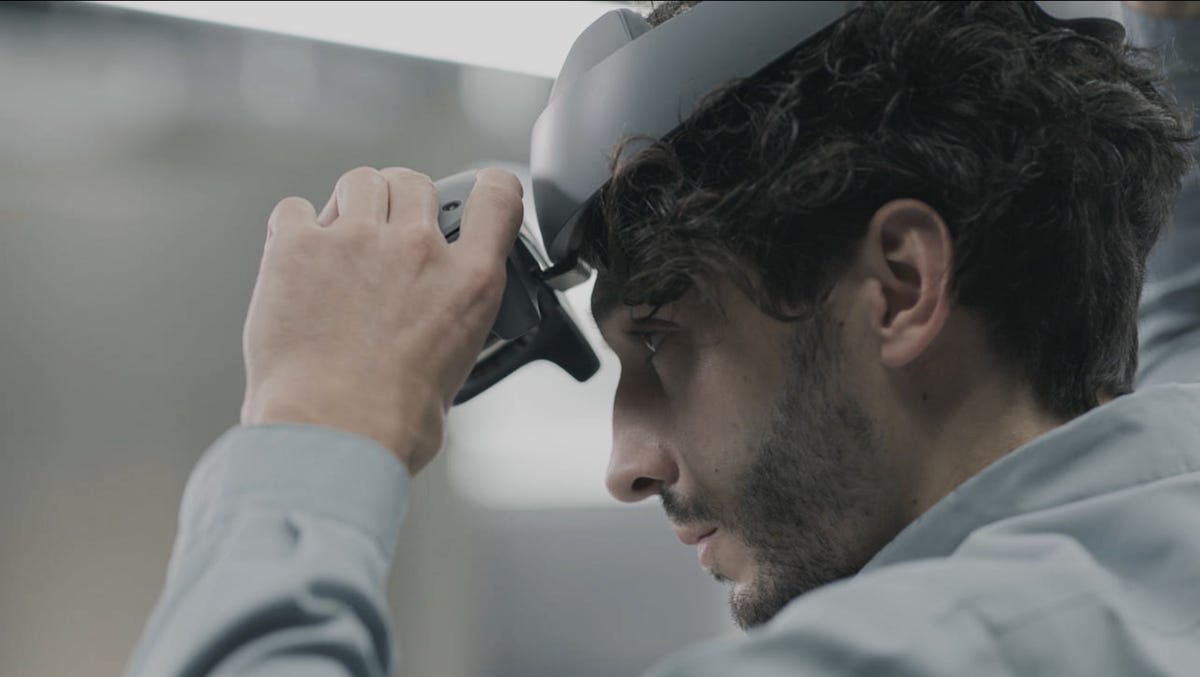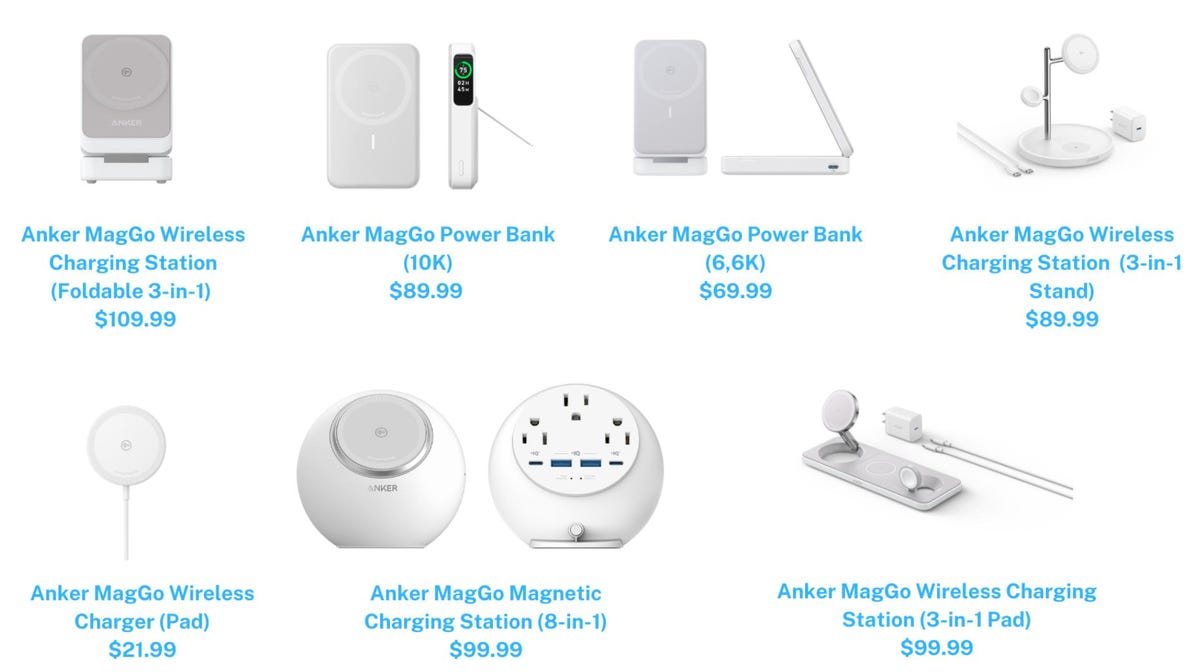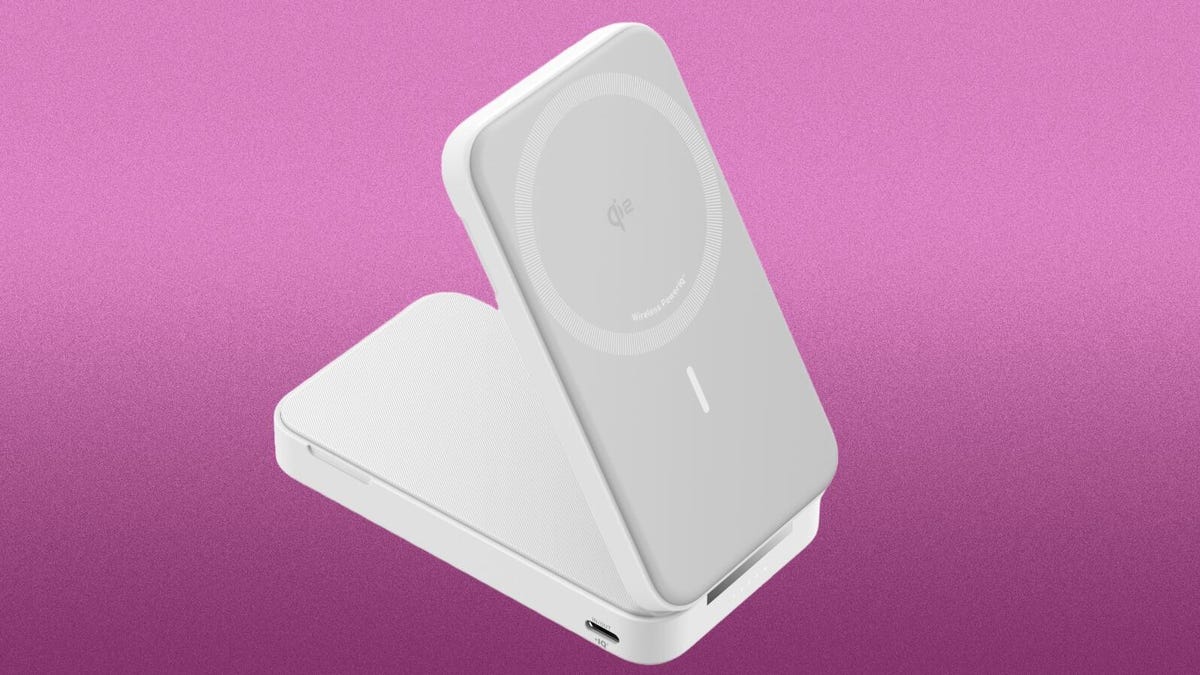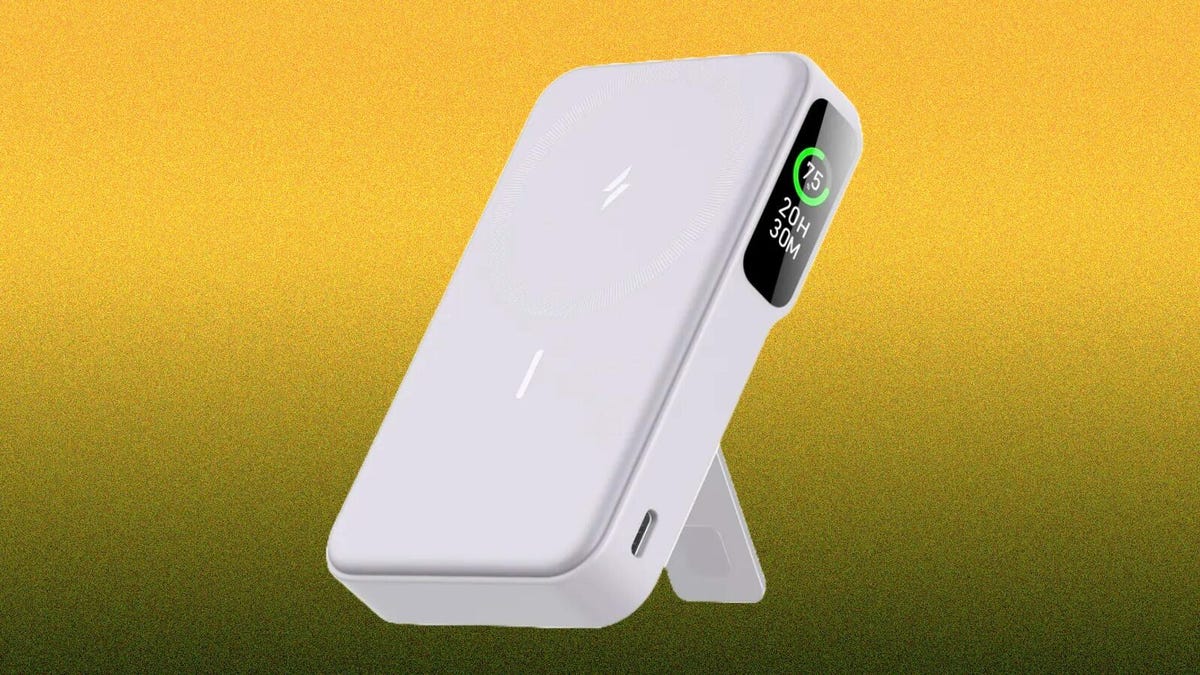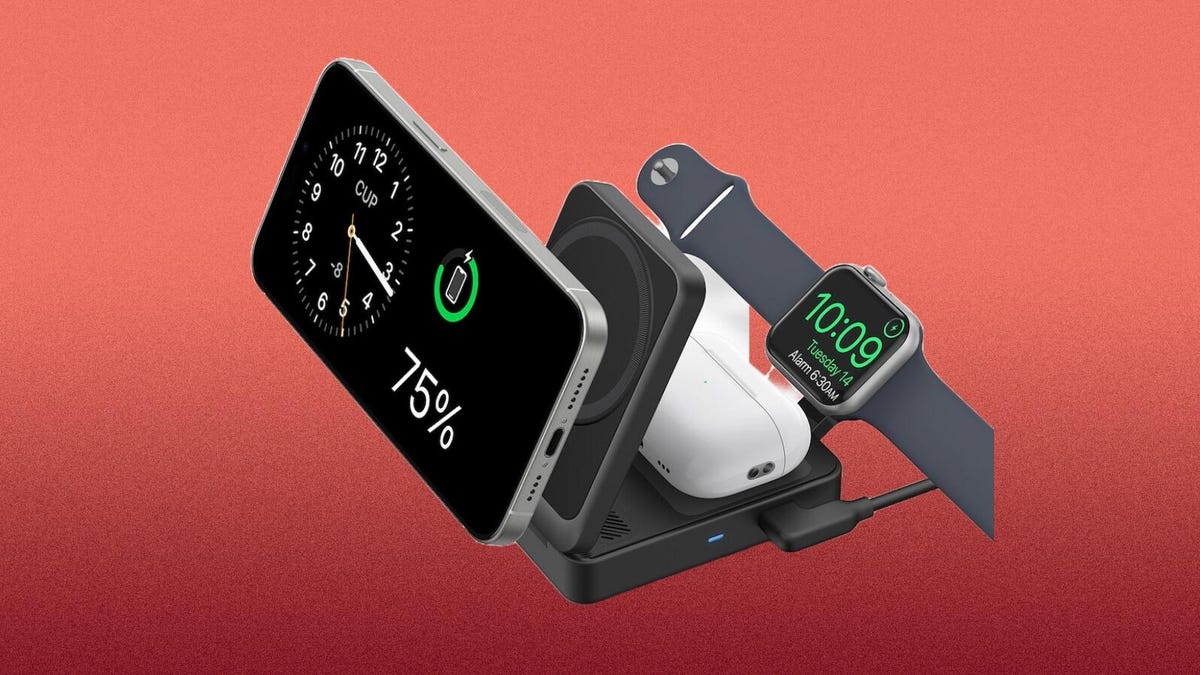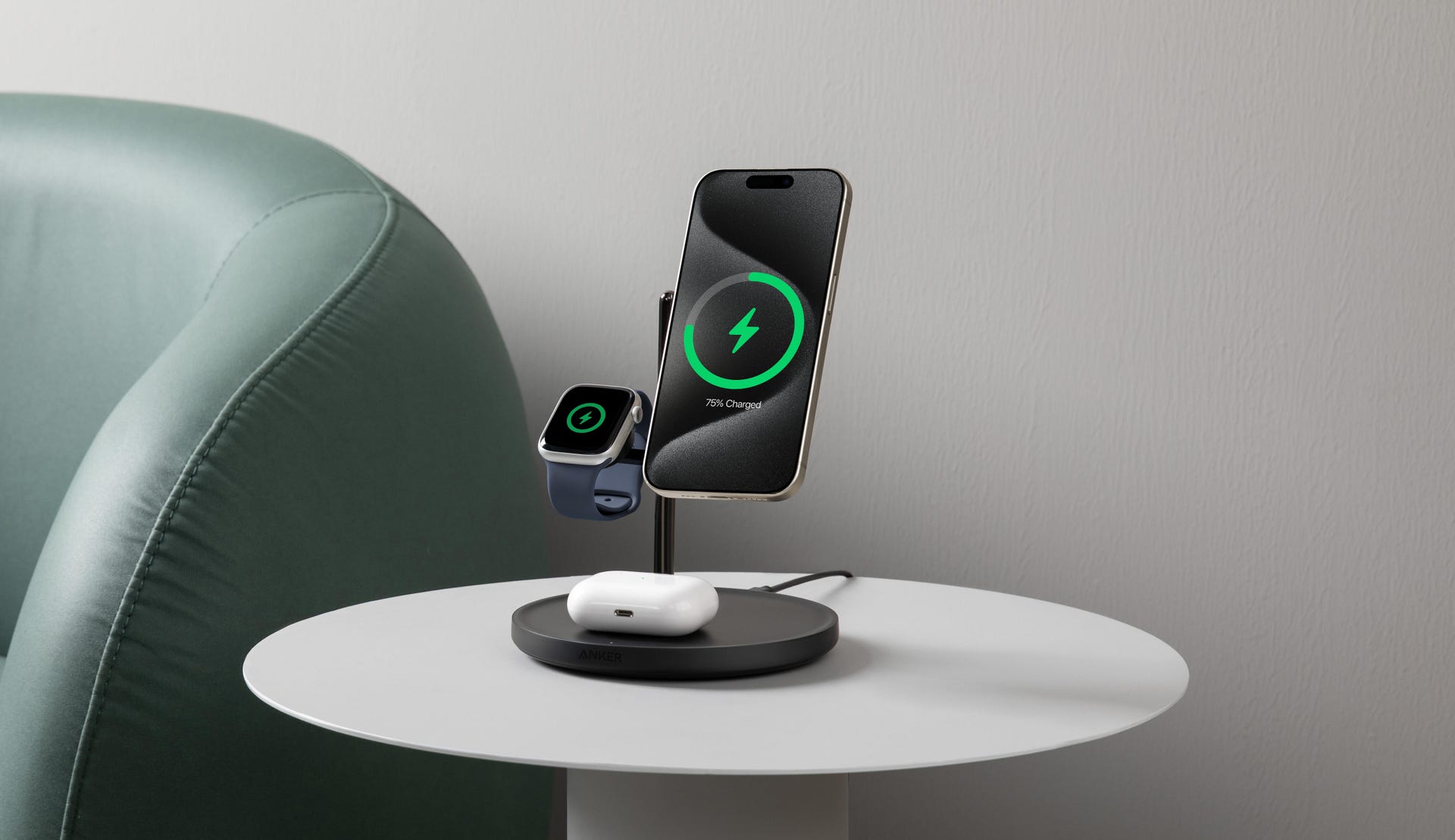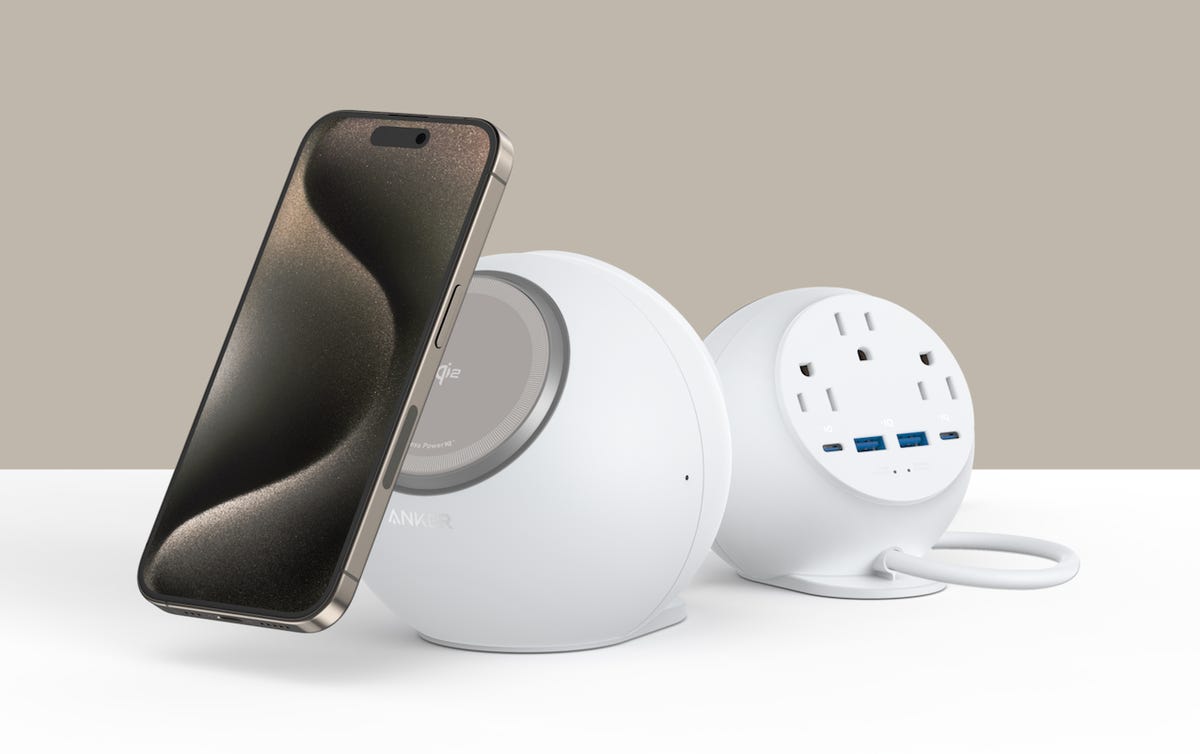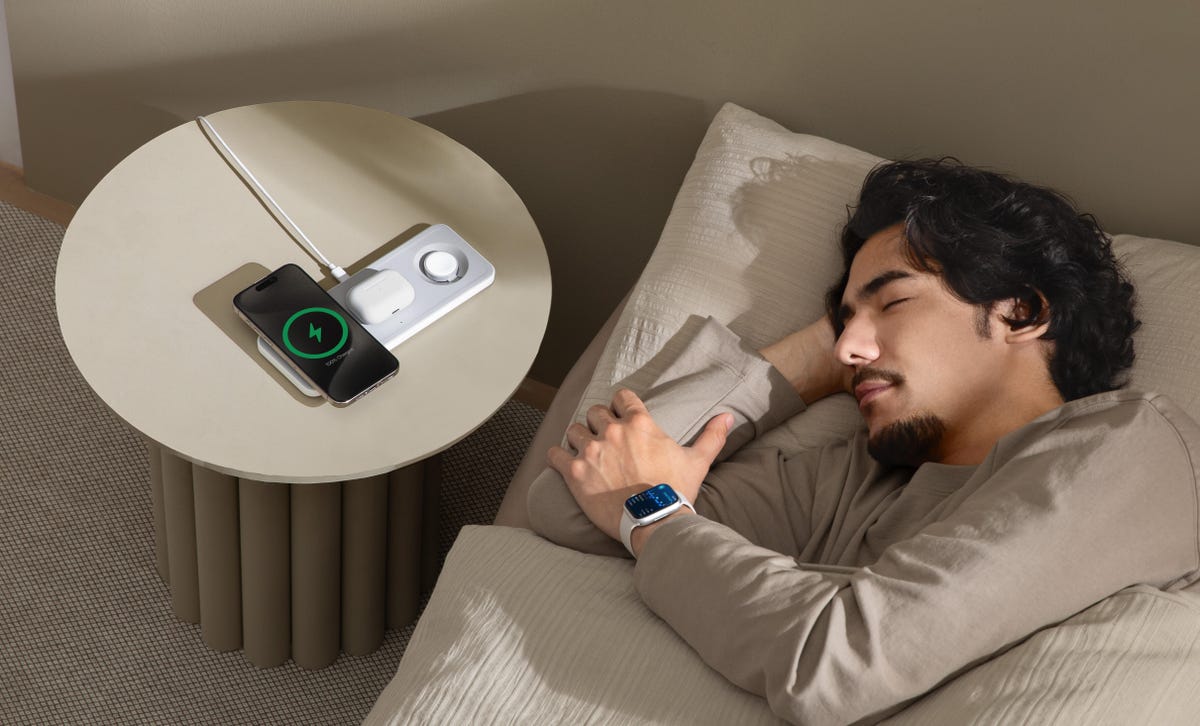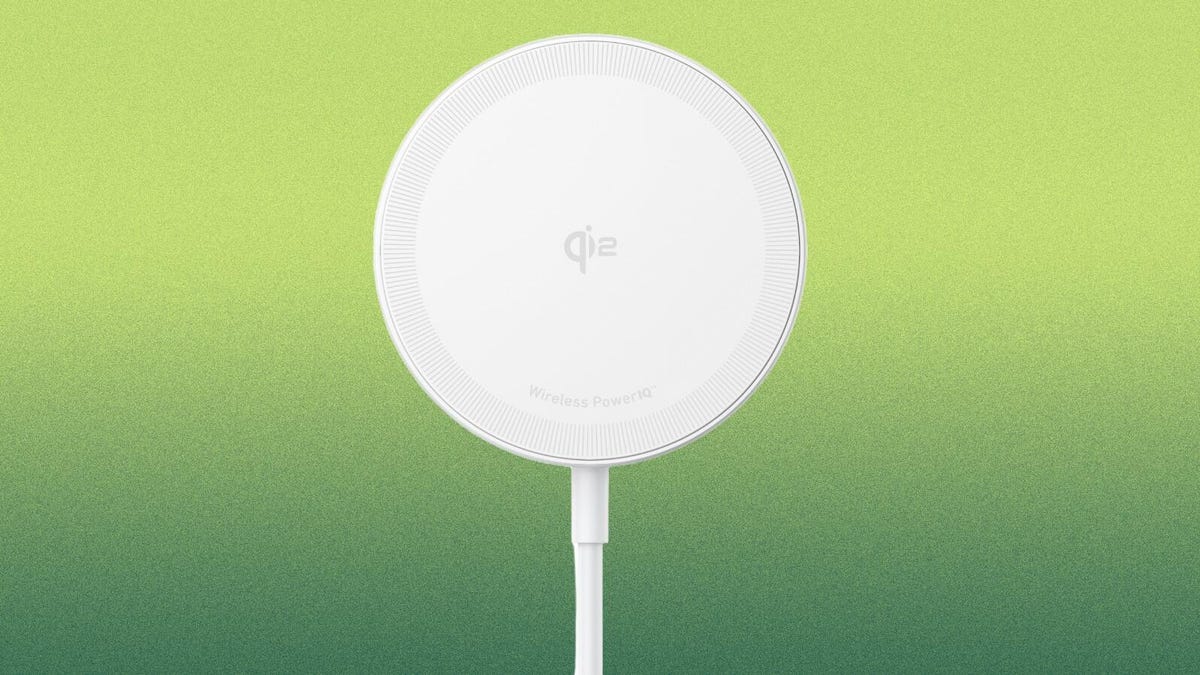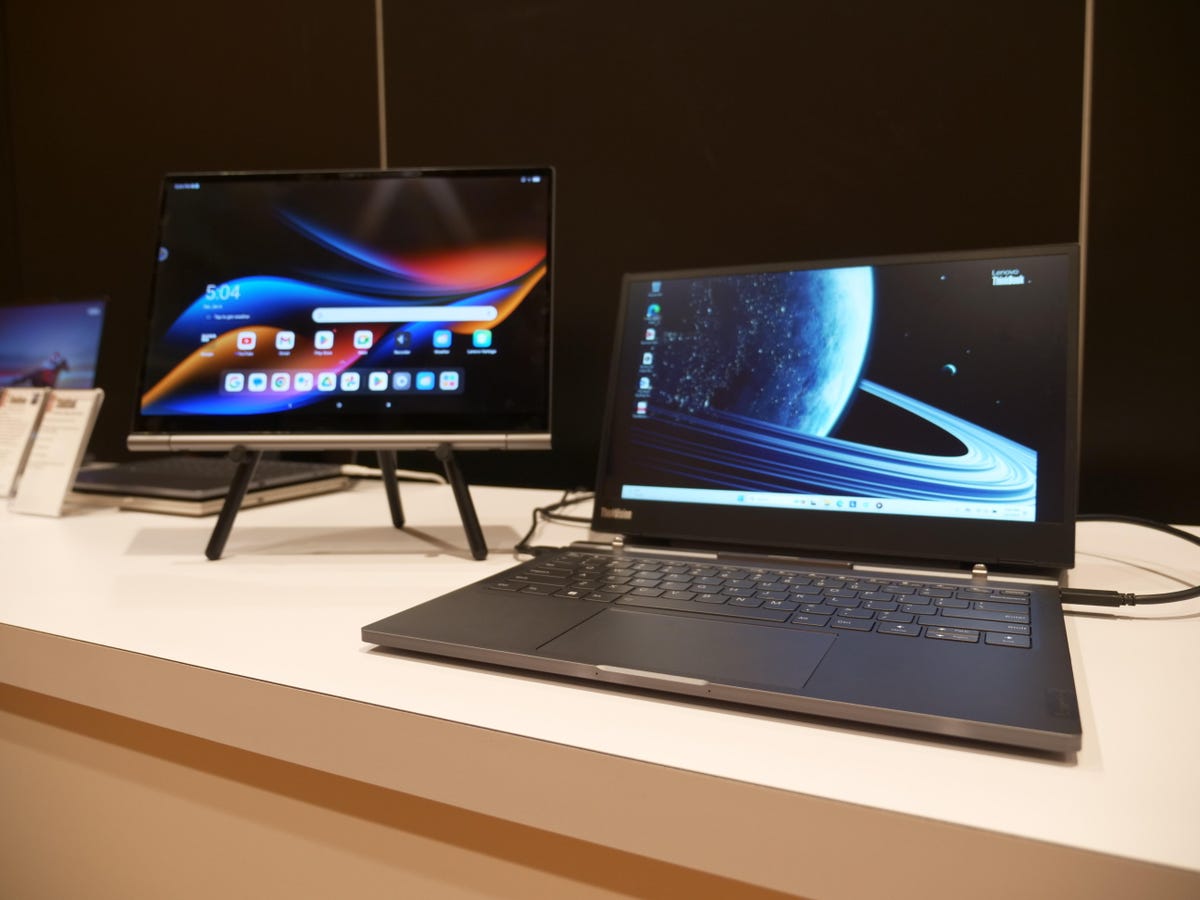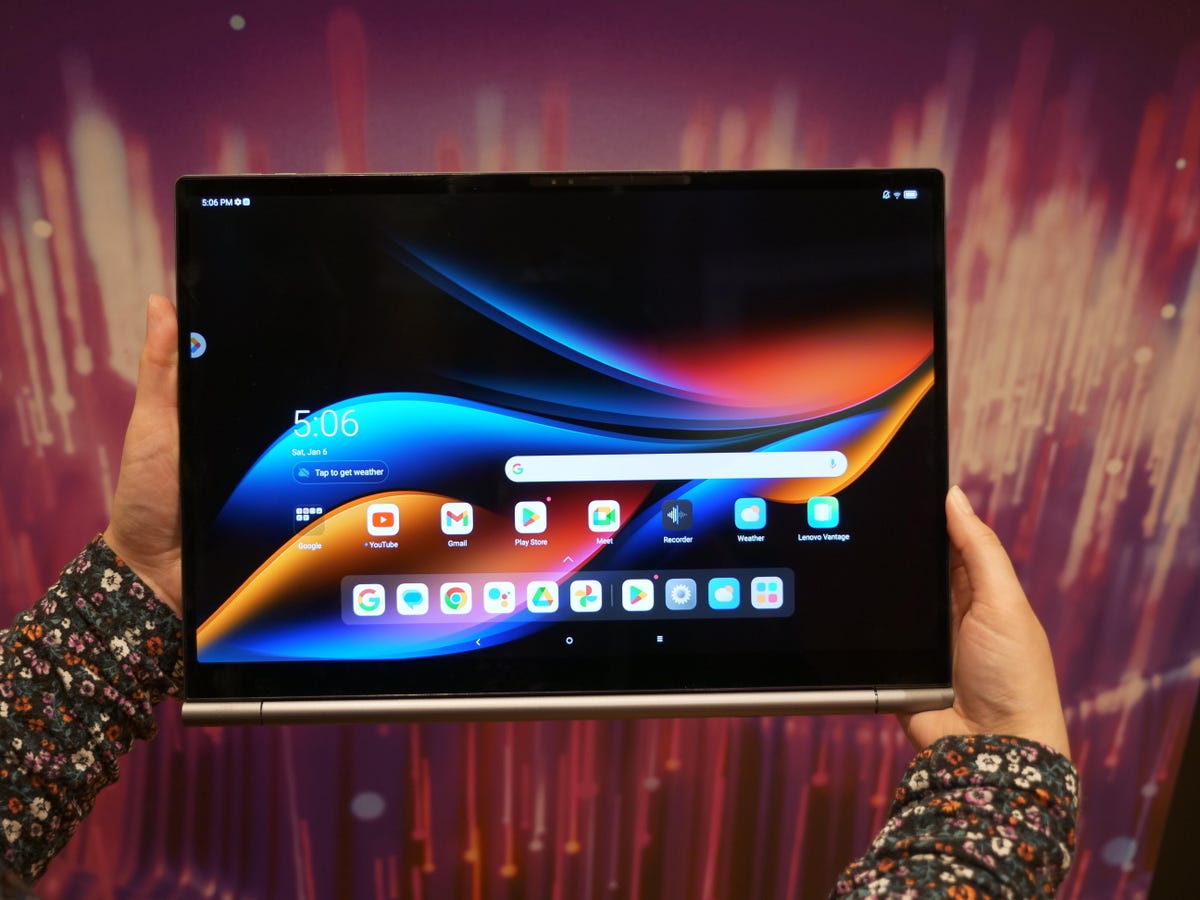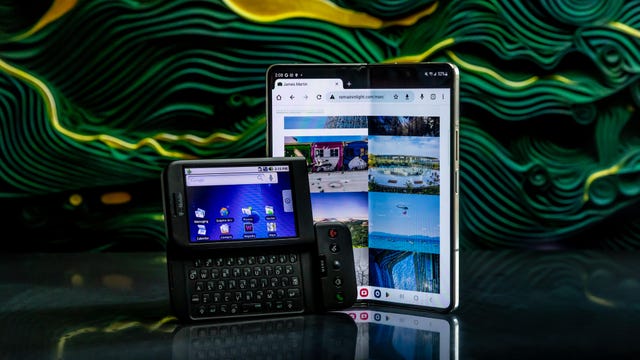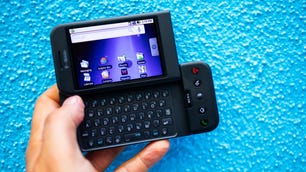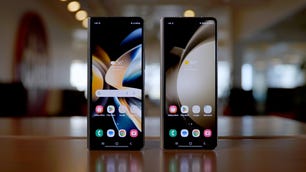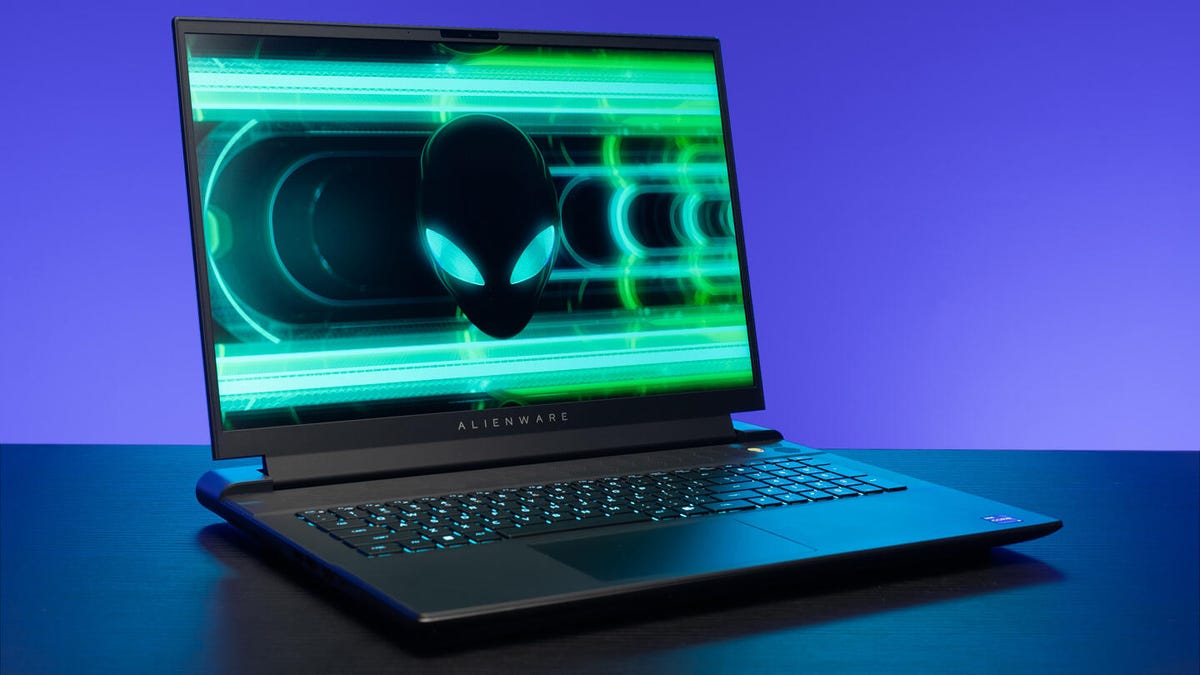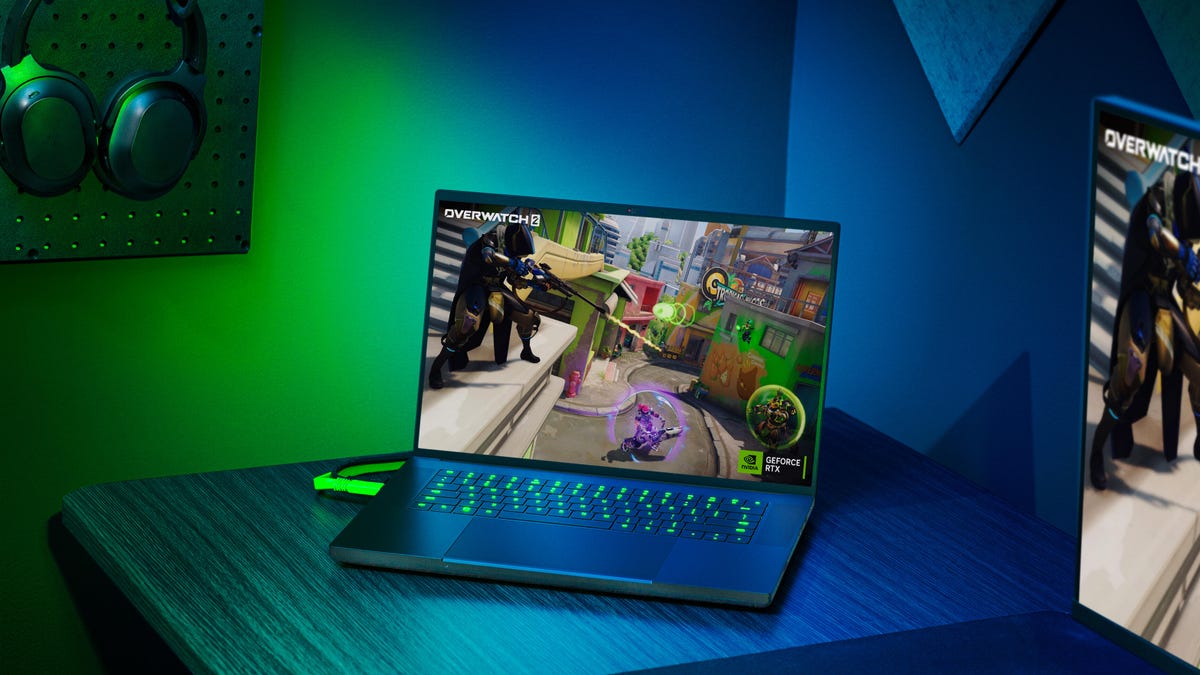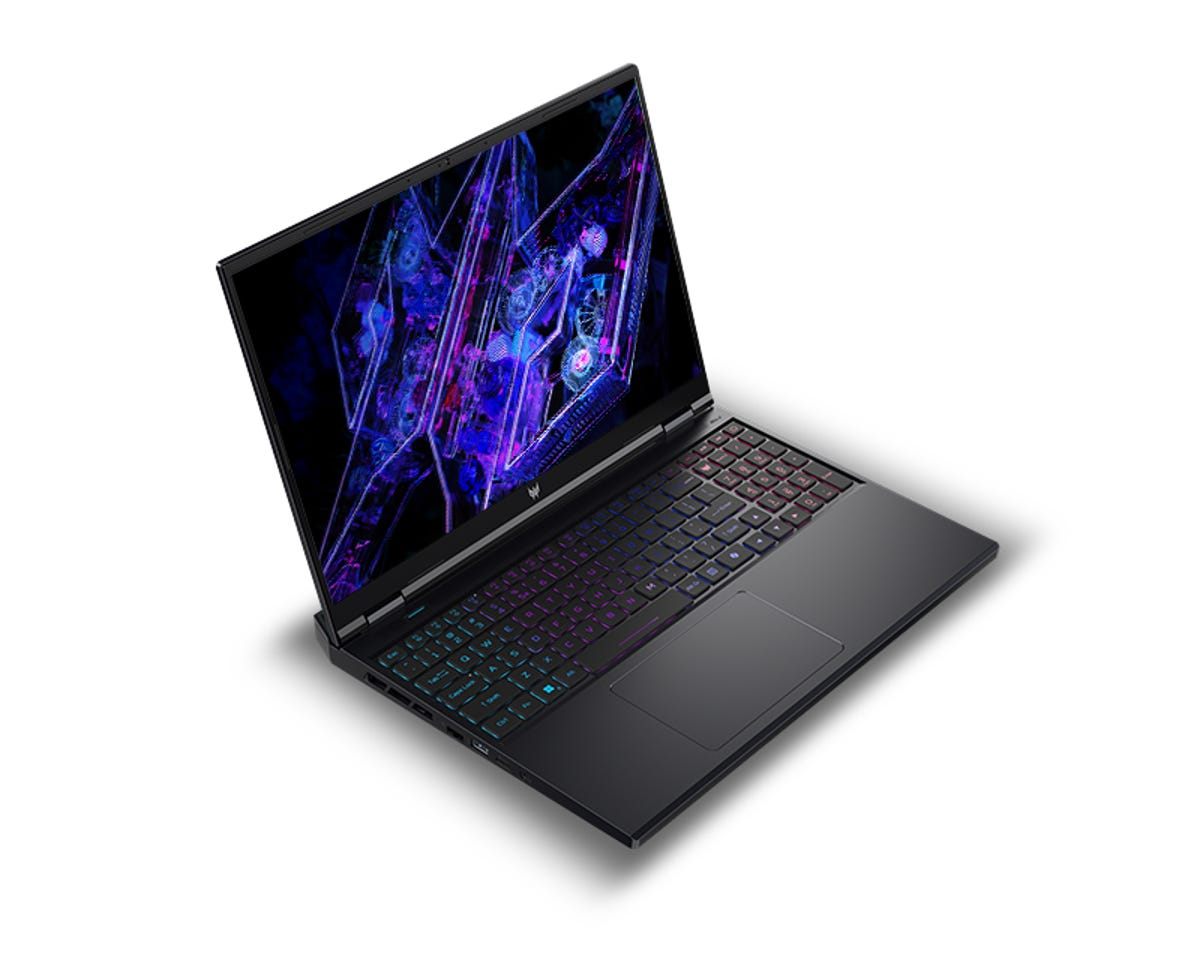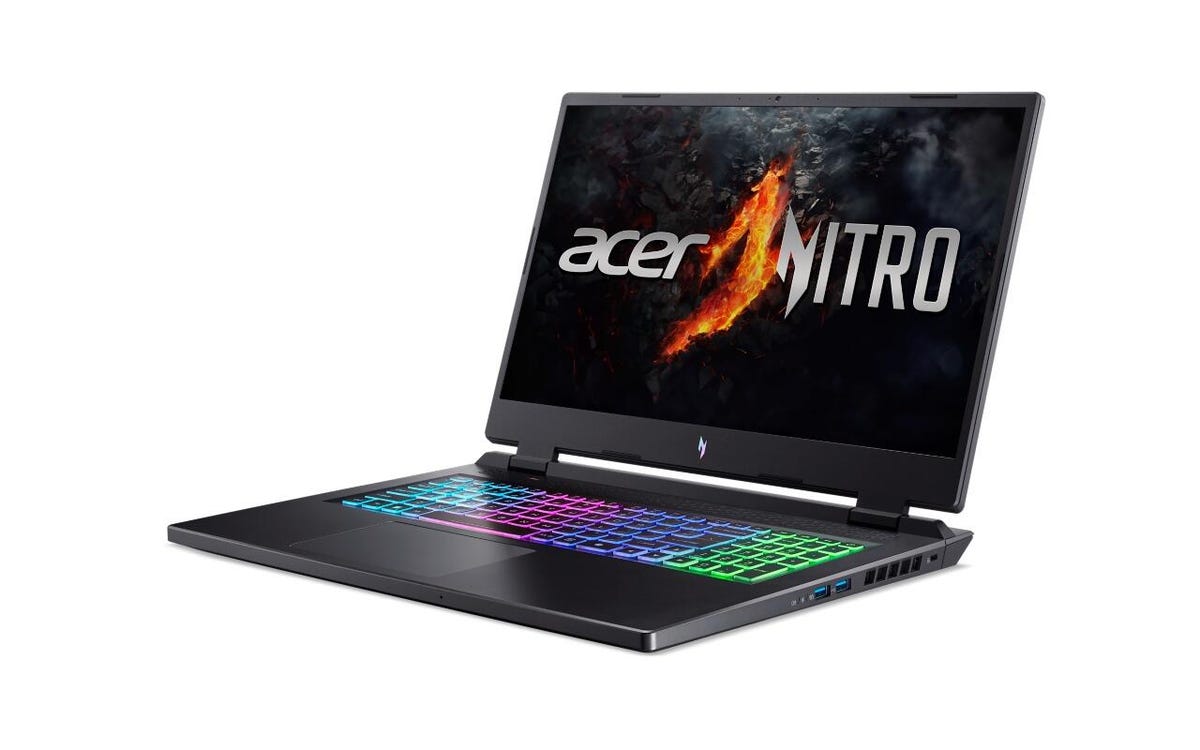Transparent video screens aren’t anything new, but improved picture quality in new Samsung technology could make them more appealing to viewers.
On Sunday at CES 2024, Samsung rolled out the first transparent version of its Micro-LED display tech, which it claims outperforms other transparent screens. I checked out the transparent display concepts in person at Samsung’s demo. I’ve reviewed hundreds of TVs, and in my short time with Samsung’s concept displays, the Micro-LED version did indeed look the best, especially in terms of brightness and color.
Transparent OLED and even LCD-based screens have been around for a while, but Samsung says its Micro-LED display technology produces brighter, clearer images and is more transparent than the going tech. That means you should be able to see through it more easily, to objects on the other side.
While transparent screen technology is cool, and could potentially have some in-home utility — imagine a transparent TV that effectively disappears when not in use — Samsung’s first demonstration of transparent Micro-LED focused on more commercial applications.
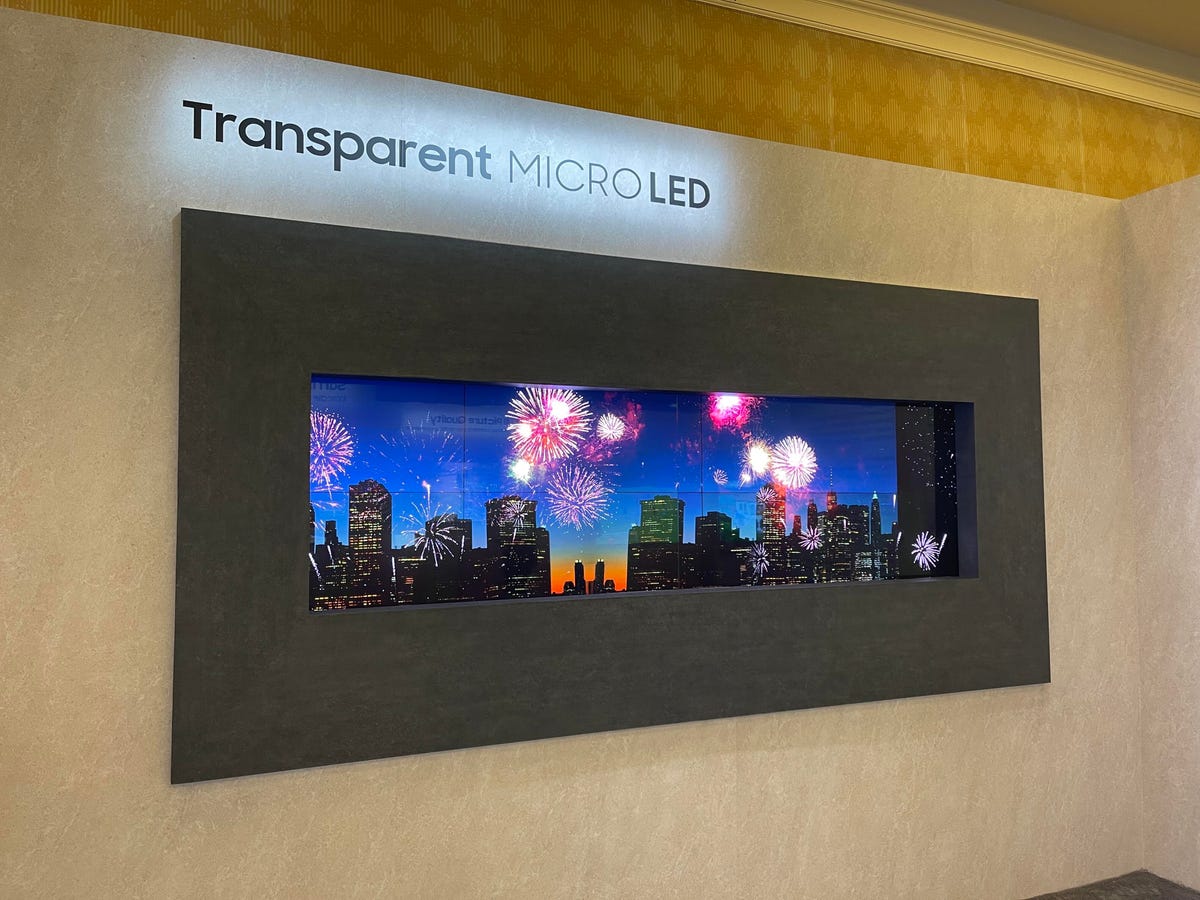
The company had set up its transparent displays in front of a standard TV showing images including a soccer match and fireworks. They were meant to mimic the experience of sitting in a luxury box at a game, where the windows looking on the field were transparent Micro-LED. Scores, replays and highlights could appear on the “windows” and augment the experience of the game without obscuring it.
Samsung uses standard opaque Micro-LED technology in its massive, expensive The Wall TVs, and it’s also used by some other companies including Sony and LG. It’s also found in very small displays, for example, this concept contact lens. Samsung says its transparent Micro-LED tech isn’t available in the market, so what I saw was essentially a concept. I’m curious to see where the company takes this display tech next.
For more on CES 2024, peruse our early favorites from the electronics trade show.






